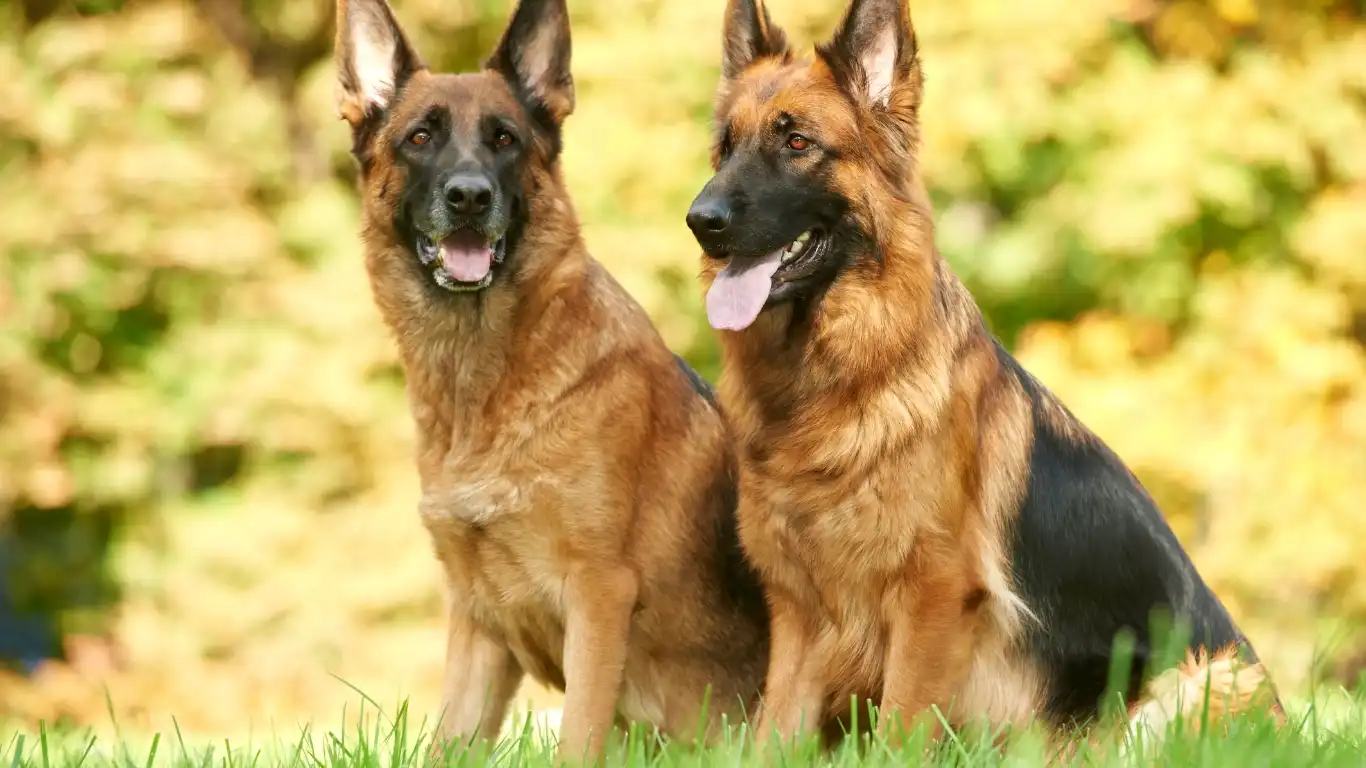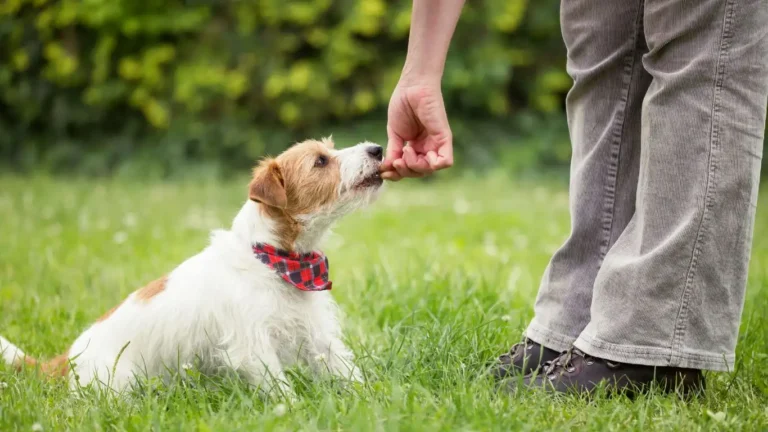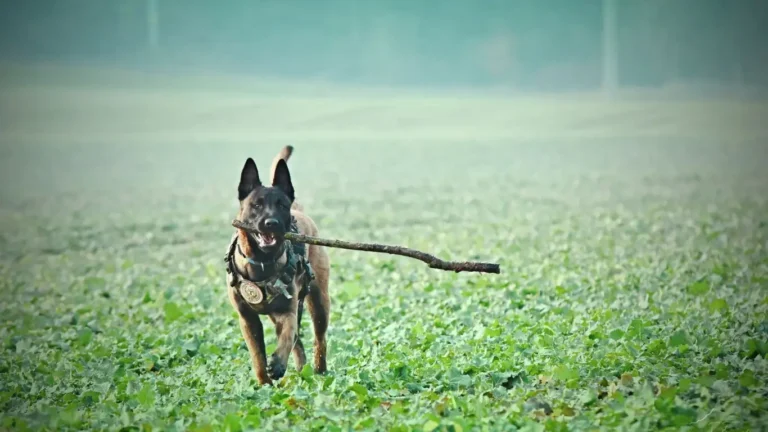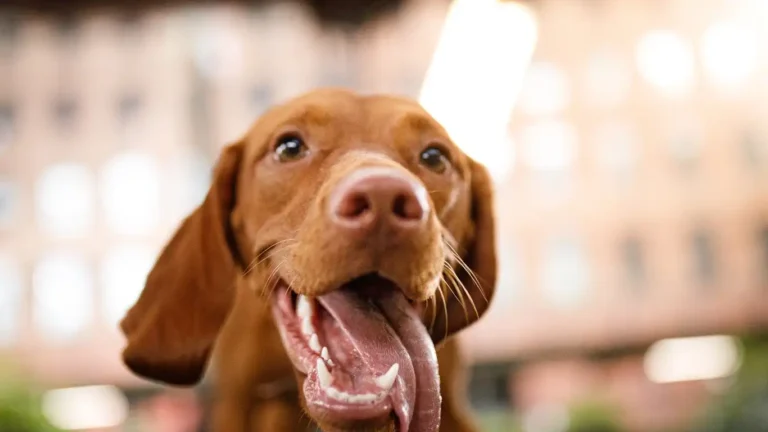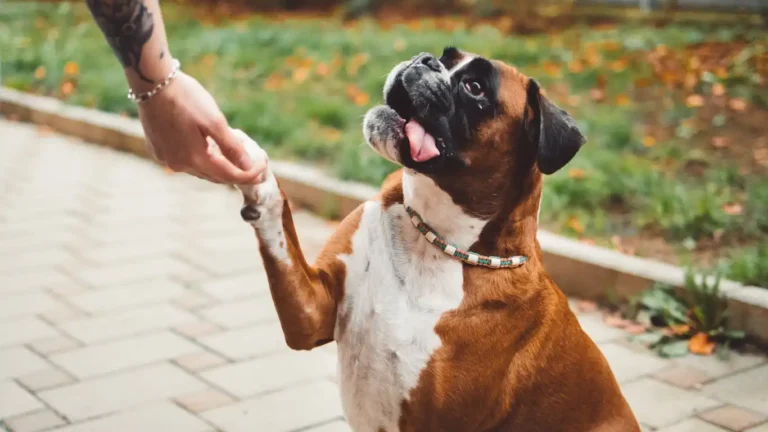How to Properly Introduce a New Dog to the Household Without Stress
So, you’re thinking about adding a new furry member to your family? First off—congrats! As someone who’s spent years working hands-on with pets as a Veterinary Technician, specializing in nutrition, I’ve seen both the smooth transitions and the absolute chaos that can happen when introducing a new dog to the household. If you’re wondering how to properly introduce a new dog to the household, you’re definitely in the right place. There’s more to it than just tossing them into the living room and hoping everyone gets along. Dogs are incredibly intuitive creatures, but they thrive on structure, routine, and—most importantly—proper introductions. Let’s talk about what that really looks like in real life.
Understanding the Dynamics of a Dog’s World
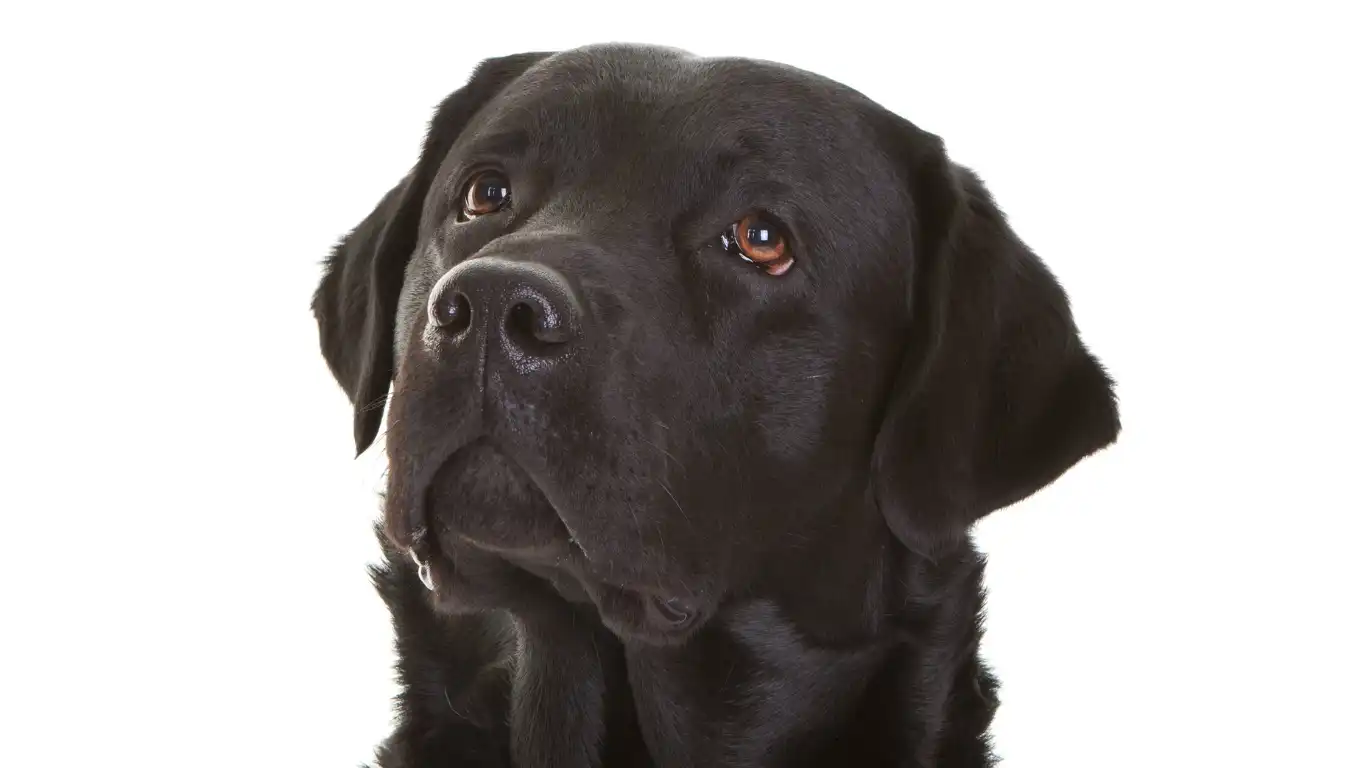
One of the biggest mistakes I’ve seen pet parents make is assuming that dogs will just “work it out.” While dogs are social animals, they’re also territorial and sensitive to energy shifts in the home. It’s not about dominance—it’s about comfort and trust. If you’re bringing a new pup into a home with an existing dog, or even if this is your first dog, you need to think like a dog. What matters most to them? Smells, body language, and a calm, controlled vibe.
Back in my clinic days, we used to tell clients: “Imagine if someone dropped a stranger into your living room who started touching your stuff and eating out of your fridge. You wouldn’t love that, right?” That’s how dogs can feel when intros go wrong. The key here is setting the stage for success from day one.
Start with a Scent Swap
Before your new dog even steps paw inside your home, do a little scent swapping. This is a trick we used to use with nervous fosters or clinic boarders. Rub a towel on your resident dog and leave it near the new dog’s crate—or vice versa. This allows both dogs to get used to each other’s scent before they meet face-to-face. Dogs communicate 90% through smell, so this first step is way more powerful than most people realize.
The First Meeting: Setting the Scene
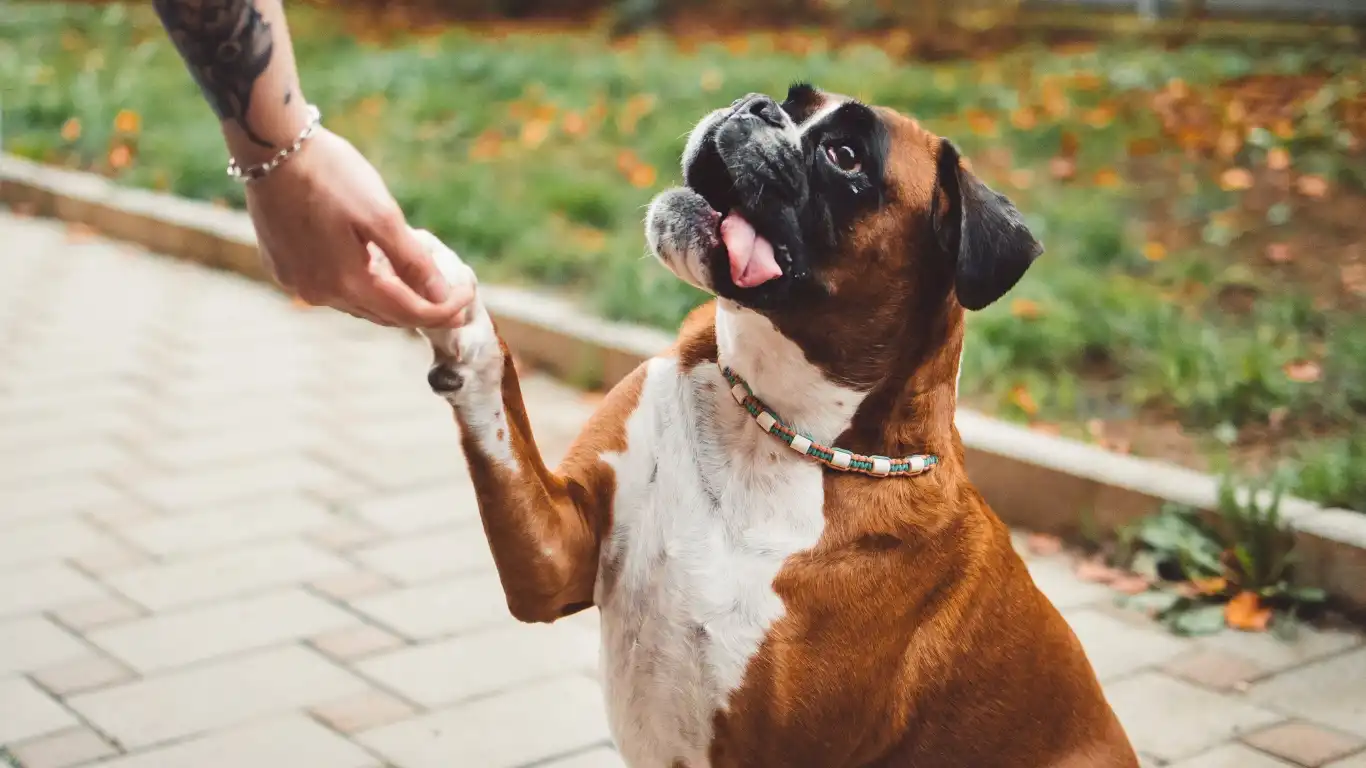
This is the moment of truth. The first meet-and-greet should never be at your front door. That’s home turf, and your current dog may get defensive. Instead, pick a neutral location—like a quiet park or a friend’s backyard. Keep both dogs on leashes, but loose and relaxed. Let them sniff each other, do the awkward butt-smelling dance, and just exist near one another.
Here’s what you want to look for:
- Loose body posture
- Wagging tails (not stiff or high)
- Play bows or mutual interest
On the flip side, if you see raised hackles, growling, or one dog trying to mount the other excessively, it’s time to take a breather. Don’t scold or yank—redirect with a gentle tone and move them apart calmly. I always tell clients: *stay calm, even if the dogs aren’t*. Your energy is contagious.
Leash Tips from the Clinic Floor
Something I’ve learned the hard way—tight leashes create tension. When I used to help with behavior consults, one of our top fixes was simply loosening the grip on the leash. Dogs pick up on that tight energy, and it makes them anxious. So when introducing a new dog to the household, keep leashes relaxed and keep your posture neutral. You’re basically their emotional anchor in that moment.
Coming Home: How to Set the Tone Inside
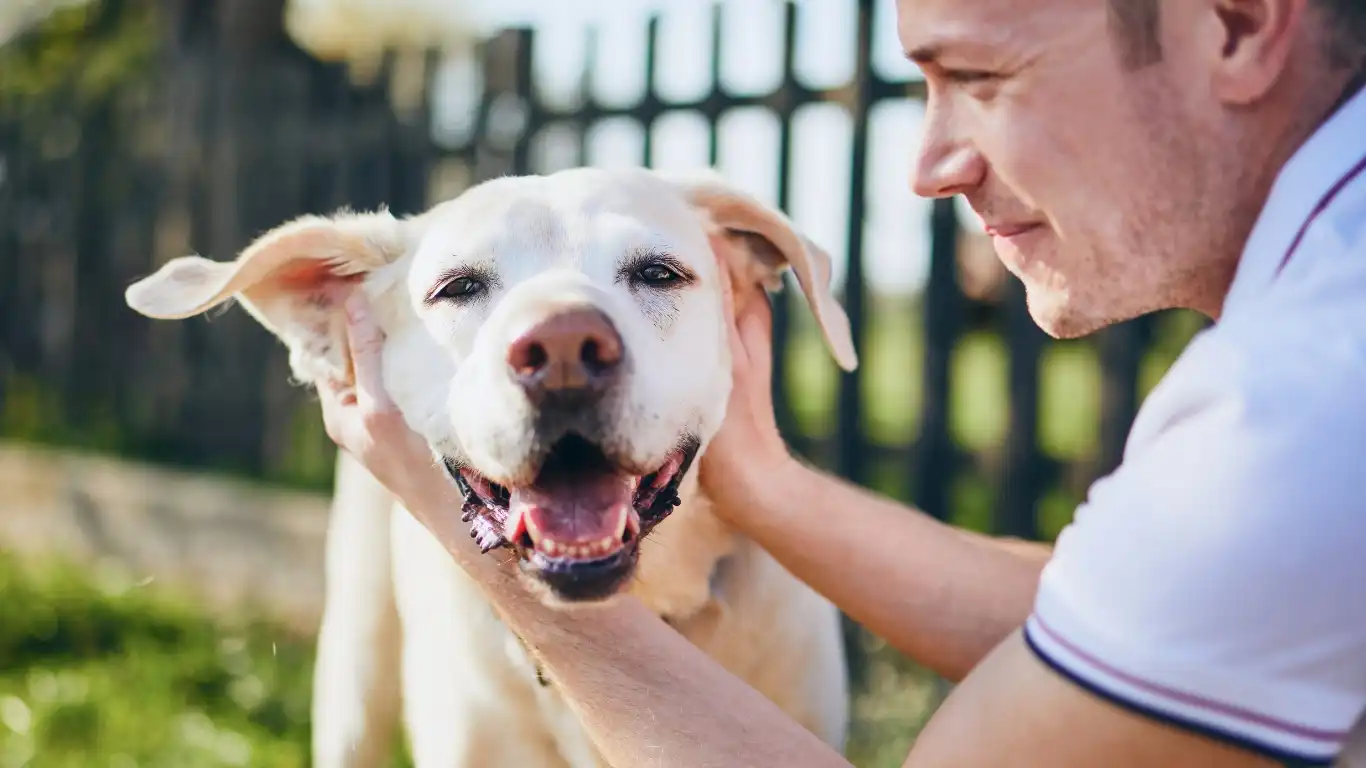
Once things go smoothly outside, it’s time to bring your new dog home. But don’t just walk them through the door together like it’s a parade. Let the resident dog go inside first to settle, then bring the new pup in calmly. Let them sniff the new space one room at a time—don’t overwhelm them with full access. That’s like dropping someone into a mansion and saying “Have fun!” It’s too much, too fast.
Give Them Their Own Space
One of the golden rules I live by—especially when dealing with nervous eaters or dogs with GI sensitivities (hello, my nutrition specialty brain)—is to provide a designated safe space. A crate, a playpen, or even a separate room. This isn’t punishment, it’s comfort. Dogs are den animals. Having their own spot gives them security and helps them decompress. And for food-intro purposes, feeding separately at first is a must. Avoid any food-related tension while they’re still adjusting.
- Use gates or barriers for gradual access.
- Give each dog their own food and water bowls.
- Keep toys and high-value items out of shared areas for now.
It’s not forever—just while the relationship builds. You wouldn’t want someone touching your stuff on day one either, right?
Building Trust Through Routine and Boundaries
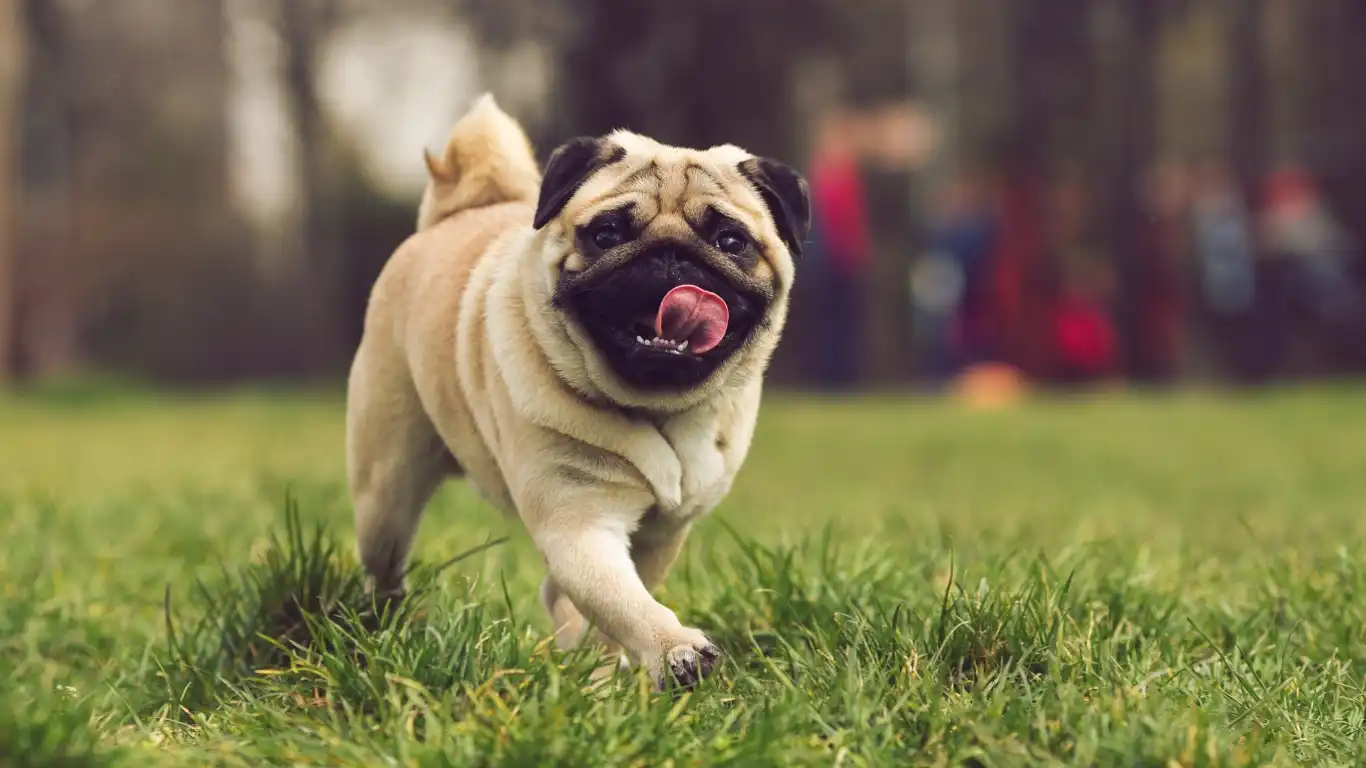
Once your new pup is home and has a safe space, the next big priority is building a routine. Dogs, much like us, thrive on structure. When I worked in clinic settings, I can’t tell you how many anxious behaviors we helped resolve just by setting a consistent feeding and walking schedule. This isn’t just about convenience—it’s about trust. Dogs find comfort in predictability.
Your resident dog will also be watching like a hawk, trying to figure out if this new housemate is sticking around or just visiting. The sooner you create normalcy, the easier the adjustment for both pups. That means same wake-up time, same potty break windows, consistent mealtimes—and maybe even synchronized nap breaks (yes, dog nap schedules are real!).
Feeding Time Can Make or Break Peace
Coming from someone who’s spent years managing dogs with GI issues, allergies, and food aggression cases, feeding time needs to be handled carefully. Especially during the first few weeks. You wouldn’t believe how often things go sideways just because one dog tried to sneak a bite of the other’s dinner. Always feed them in separate areas until they’ve fully settled into each other’s rhythms.
- Crate-feeding works great for young or nervous dogs
- Use slow feeders for gulpers to prevent bloat or vomiting
- Pick up bowls right after mealtime to prevent guarding
I’ve even had clients use baby monitors when feeding in separate rooms, just to be safe. You don’t have to go that far—but proactive beats reactive every time.
Supervised Play: Let the Friendship Build Naturally
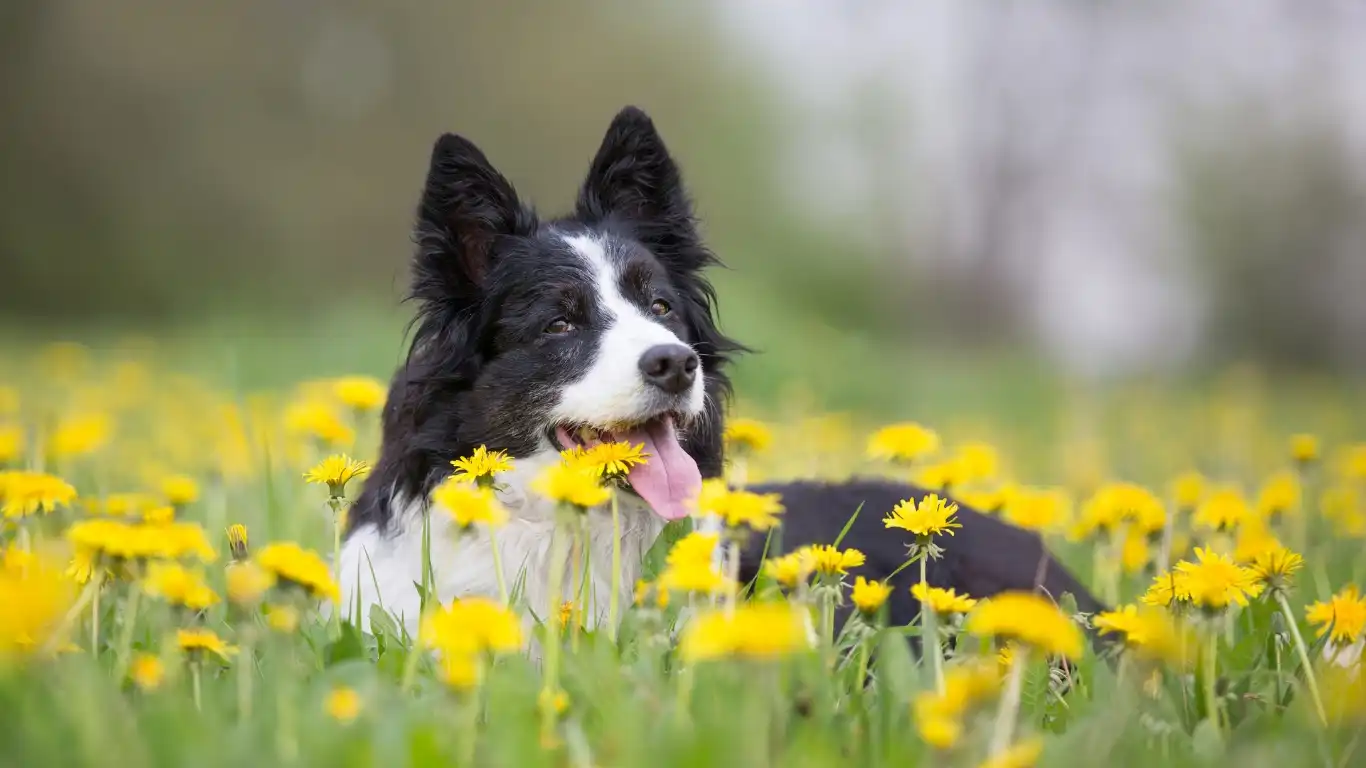
Now for the fun part—playtime! Once both dogs seem chill around each other, you can start introducing short bursts of play under close supervision. But—and this is a big but—don’t force it. Just like humans, not every dog becomes instant besties. Some will play rough, others prefer parallel play (where they just hang out in the same space but do their own thing).
I had a foster once who wouldn’t engage in any play at all for the first month, while my personal dog was desperate for a playmate. It took patience, and eventually, they bonded through shared walks and sniffing adventures rather than wrestling matches. Respect each dog’s style and comfort zone. Here’s what to watch for:
- Loose, wiggly body language during play
- Breaks in play (both dogs willingly pausing)
- Taking turns chasing or being chased
If one dog starts pinning the other, or if growling sounds get too intense, that’s your cue to step in. A short break or redirection with a toy usually does the trick. You’re not just preventing fights—you’re teaching them how to interact safely.
Use Toys Strategically
Toys can be a great bonding tool—or a total disaster if not introduced properly. I always recommend starting with neutral toys—nothing squeaky or high-value. Soft tug ropes, balls, or even a flirt pole can be great if managed well. But don’t leave toys lying around unsupervised in the early days. Resource guarding over toys is super common in new dog dynamics.
Walk Together, Bond Together

One of my favorite bonding hacks, hands down, is the parallel walk. Walking dogs side by side (with a bit of distance at first) helps them see each other as teammates. They’re both exploring the world together, processing smells, and getting those feel-good endorphins going. Plus, it burns off energy and lowers the chances of tension at home later.
Start with:
- Two leashes, two handlers (if possible)
- Walking with a buffer zone between the dogs
- Short, distraction-free routes at first
Over time, decrease the distance and allow them to sniff the same spots. I’ve had dogs that wouldn’t even make eye contact in the house, suddenly start wagging and tail-bumping each other on these walks. It’s magic, honestly.
Training Together, Not Just Separately
Training sessions are another overlooked opportunity for bonding. Most people focus on solo training—“sit,” “stay,” etc.—but working on cues together teaches both dogs to focus on you and not each other. It also helps prevent jealousy, since both dogs are getting treats, attention, and positive reinforcement.
Try basic obedience side by side with both dogs:
- Practice “sit” and “wait” before meals or doorways
- Use name recognition games to build individual confidence
- Reward calm behavior when they’re near each other
When I had multiple dogs in a household, I found that group training actually made the environment feel calmer and more controlled. Plus, it’s really satisfying when you get both pups to sit together like little angels.
Respect the Adjustment Timeline
Finally, let’s be real—adjustment takes time. I’ve had clients who were discouraged after just a week, thinking things weren’t working out. Truth is, some dogs click instantly, and others need months. There’s no set timeline. Patience, consistency, and positive reinforcement go a long way.
And don’t forget to give your resident dog some solo time with you too. Adding a new dog shouldn’t mean they feel replaced. Whether it’s a quick walk, a snuggle session, or some training one-on-one, that individual attention helps prevent jealousy and boosts confidence.
Trust your gut, keep routines tight, and take the process at your dogs’ pace. You’ve got this. ❤️
Monitoring Behavior and Reading the Signs
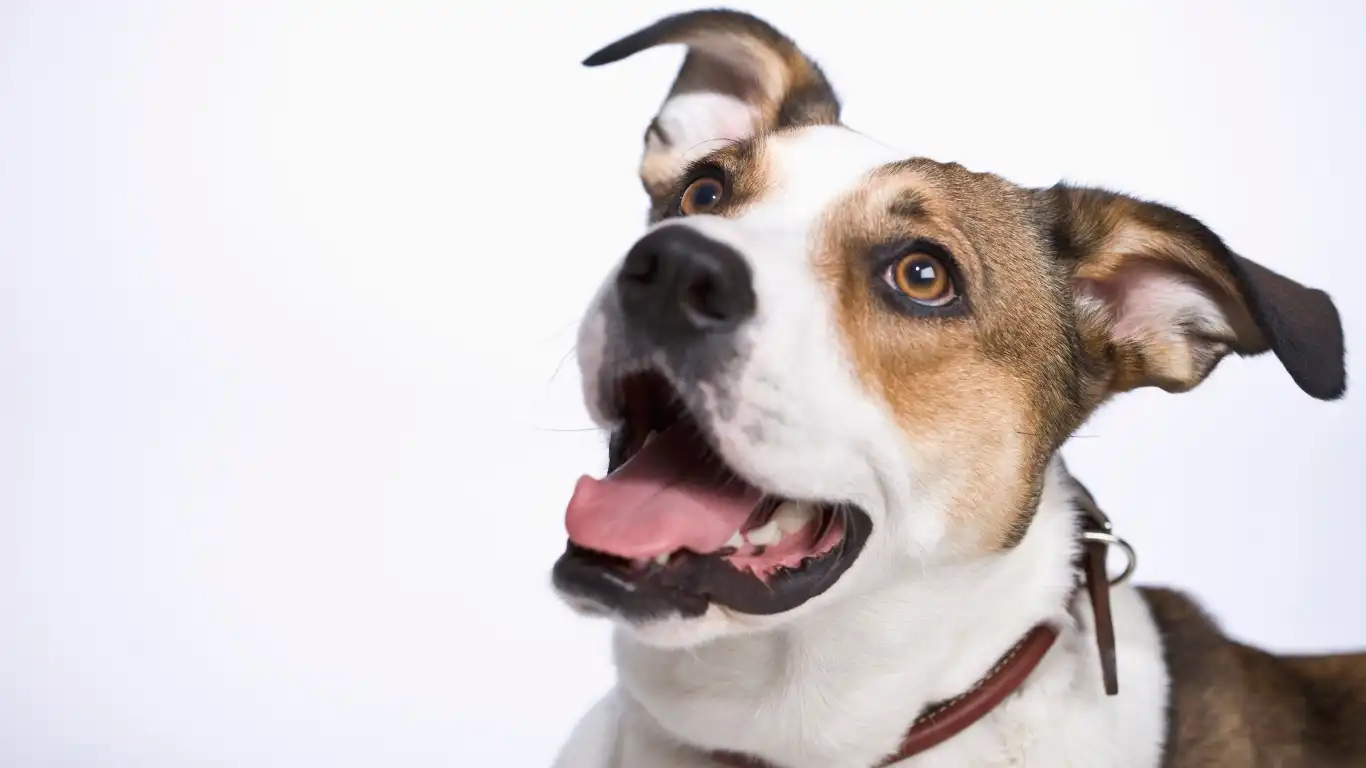
Now that your dogs are coexisting, maybe even cuddling occasionally (yay!), you might think the hard part’s over. But here’s the thing—ongoing observation is crucial. Behavior can shift over time, especially as your new dog starts to feel more comfortable and confident in their environment. As someone who has worked in vet clinics, I’ve seen plenty of situations where the first few weeks go great, only for tension to pop up a month later. It’s all part of the adjustment curve.
So, what should you be watching for? It’s not just growls or barks. Dogs communicate through subtle signals:
- Lip licking or yawning when not tired (signs of stress)
- Avoiding eye contact or turning away
- One dog always backing away or hiding
These little cues matter. They can be signs that one dog feels insecure, overwhelmed, or unsure of the new pack dynamics. Don’t ignore them. If you catch tension early, you can adjust and prevent future conflict. A quick reset—like slowing things down, separating during play, or even refreshing training sessions—can make a world of difference.
When to Call in a Pro
Sometimes, despite your best efforts, things just aren’t clicking. That’s not a failure—it just means you might need an extra set of trained eyes. In my clinic days, we often partnered with certified behaviorists when things got tricky. If you’re seeing repeated fights, intense resource guarding, or signs of trauma in either dog, don’t hesitate to reach out to a behavior professional.
Look for trainers who use positive reinforcement methods, not dominance-based approaches. A great place to start is the PetMD training and behavior section or certified professionals listed through AKC.
Strengthening the Bond Over Time
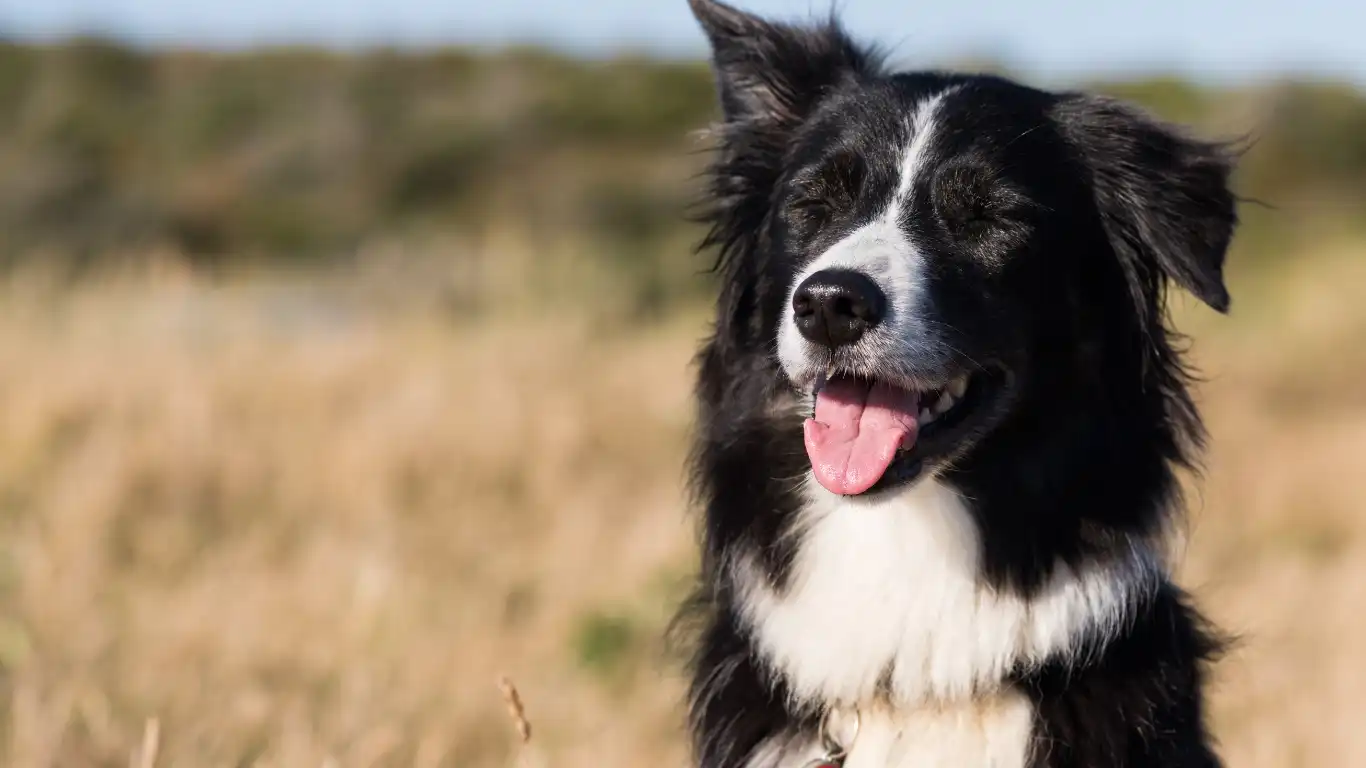
So what happens after the “new dog” becomes part of the family? Ideally, a strong, balanced relationship between your dogs. But like any relationship, it needs ongoing nurturing. Bonding doesn’t stop at the three-week mark. It evolves. And you’ll see changes in their dynamics as both dogs settle more into their roles.
One of my favorite ways to build a healthy household dynamic is through enrichment. Boredom can lead to frustration, especially in younger or high-energy dogs. Enrichment gives them purpose and burns mental energy—which equals a more peaceful home.
Easy Enrichment Ideas for Multi-Dog Homes
- Snuffle mats: Let them work for treats using their noses
- Frozen Kongs: Great for crate time or solo chewing sessions
- Rotate toys: Don’t leave every toy out at once—novelty keeps interest high
- Puzzle feeders: Helps slow down fast eaters and adds mental stimulation
I had a client with two very different dogs—a senior and a bouncy young doodle. We set up enrichment stations for each, based on their energy and needs. It was a game-changer. No more chewing furniture, and way fewer grumpy standoffs.
What About Children and Other Pets?
If you’ve got kids or other pets in the mix—especially cats—then the “how to properly introduce a new dog to the household” process takes on an extra layer of complexity. Never let children be the ones to introduce or monitor dog-dog interactions, especially early on. Even the sweetest dog can react unpredictably when overwhelmed or stressed.
And cats? Oh, cats have their own rules. Slow introductions, scent swapping, and supervised time are essential. Create vertical space for your cat so they can observe from a distance and retreat when needed. I’ve helped more than one cat-dog pair find peace this way—though it took weeks, sometimes months.
Safety tips I always share with families:
- Teach kids to never hug or climb on dogs
- Keep cat litter boxes off-limits to dogs (they’re grossly tempting!)
- Reinforce calm greetings and discourage overexcitement
Health Checks and Preventative Care
Let’s not forget the health angle. A big part of successful introductions is making sure everyone is in good shape medically. That includes up-to-date vaccines, flea/tick preventatives, and most importantly—stool checks. Yep, parasites are often forgotten but very easy to spread among dogs sharing yards and bowls. At the clinic, we always advised clients to do a full vet check for new dogs before bringing them home.
It’s also wise to get both dogs on similar nutrition plans. Mismatched diets can lead to jealousy or even tummy troubles if they sneak bites of each other’s food. Working in veterinary nutrition, I’ve had clients unknowingly cause diarrhea flare-ups just by sharing a few “harmless” treats between dogs with totally different sensitivities.
Maintaining Harmony Long-Term
So you’ve introduced the dogs, created routines, managed feeding, supervised play—what now? Maintenance. Just like any household, things can shift with time. New stressors (like moving, new pets, or changes in your schedule) can impact how your dogs interact. Be mindful, be flexible, and stay consistent with boundaries.
Celebrate small wins. That moment they nap near each other? Major. Shared zoomies in the backyard? Epic. Keep reinforcing positive interactions and maintain regular vet checkups and training refreshers. Dogs are incredibly adaptable when given the tools and time to adjust.
References
Disclaimer
This article is based on my professional experience as a Veterinary Technician/Nurse with a focus in nutrition, and is intended for informational purposes only. It should not replace professional veterinary advice. Always consult with your veterinarian or a certified behaviorist regarding your specific pet’s needs and behavior concerns.
